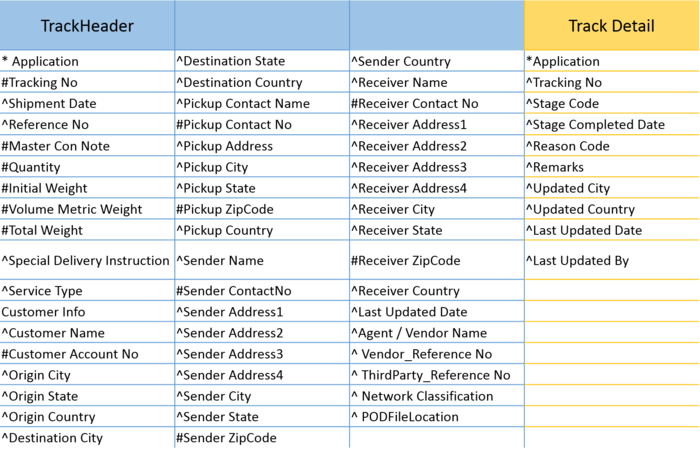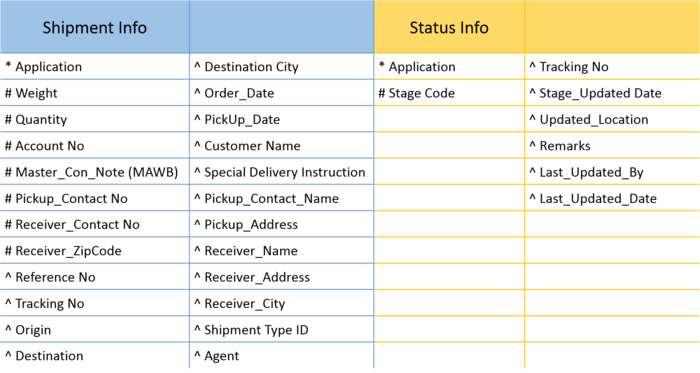Difference between revisions of "Hiryuu Data"
(→Data) |
|||
| Line 46: | Line 46: | ||
==<div style="background: #95A5A6; line-height: 0.3em; font-family:Roboto; border-left: #6C7A89 solid 15px;"><div style="border-left: #FFFFFF solid 5px; padding:15px;font-size:15px;"><font color= "#ffffff"><strong>Data</strong></font></div></div>== | ==<div style="background: #95A5A6; line-height: 0.3em; font-family:Roboto; border-left: #6C7A89 solid 15px;"><div style="border-left: #FFFFFF solid 5px; padding:15px;font-size:15px;"><font color= "#ffffff"><strong>Data</strong></font></div></div>== | ||
| − | <p> | + | <p>Data provided to us are distribution data that span over a period of 3 months. There are 2 main datasheets by 2 tracker systems, App1 and App2, owned by the company. Generally, they display shipment and customer data for all the items that the company delivers. The dataset is utilized by the sales team to track and monitor shipments. </p> |
| − | <p>The App1 | + | <p>The App1 TrackerHeader and the App2 ShipmentInfo datasets store information pertaining to the shipment itself, such as the sender and receiver data. The App1 Tracker Detail and the App2 StatusInfo datasets store information pertaining to the tracking statuses of the shipment, with each row representing a status update for each tracking number. </p> |
<p>All dates and timings in the dataset are stored in String format, so we will classify such data types as Text/String format for easier reference.</p> | <p>All dates and timings in the dataset are stored in String format, so we will classify such data types as Text/String format for easier reference.</p> | ||
| + | |||
| + | The tracking data lists the shipment data of the following countries: | ||
| + | * Hong Kong | ||
| + | * Japan | ||
| + | * Australia | ||
| + | * Korea | ||
| + | * Taiwan | ||
| + | * Thailand | ||
| + | * Malaysia | ||
| + | * New Zealand | ||
| + | * Singapore | ||
<br> | <br> | ||
Legend: | Legend: | ||
Revision as of 19:50, 15 January 2017
|
|
|
|
|
|
|
| Background | Data | Methodology |
|---|
Data
Data provided to us are distribution data that span over a period of 3 months. There are 2 main datasheets by 2 tracker systems, App1 and App2, owned by the company. Generally, they display shipment and customer data for all the items that the company delivers. The dataset is utilized by the sales team to track and monitor shipments.
The App1 TrackerHeader and the App2 ShipmentInfo datasets store information pertaining to the shipment itself, such as the sender and receiver data. The App1 Tracker Detail and the App2 StatusInfo datasets store information pertaining to the tracking statuses of the shipment, with each row representing a status update for each tracking number.
All dates and timings in the dataset are stored in String format, so we will classify such data types as Text/String format for easier reference.
The tracking data lists the shipment data of the following countries:
- Hong Kong
- Japan
- Australia
- Korea
- Taiwan
- Thailand
- Malaysia
- New Zealand
- Singapore
Legend:
# Numeric/ID/int or double
^ Text/String format (Eg. words/letters)
* Fixed/Constant
App 1
App 2


